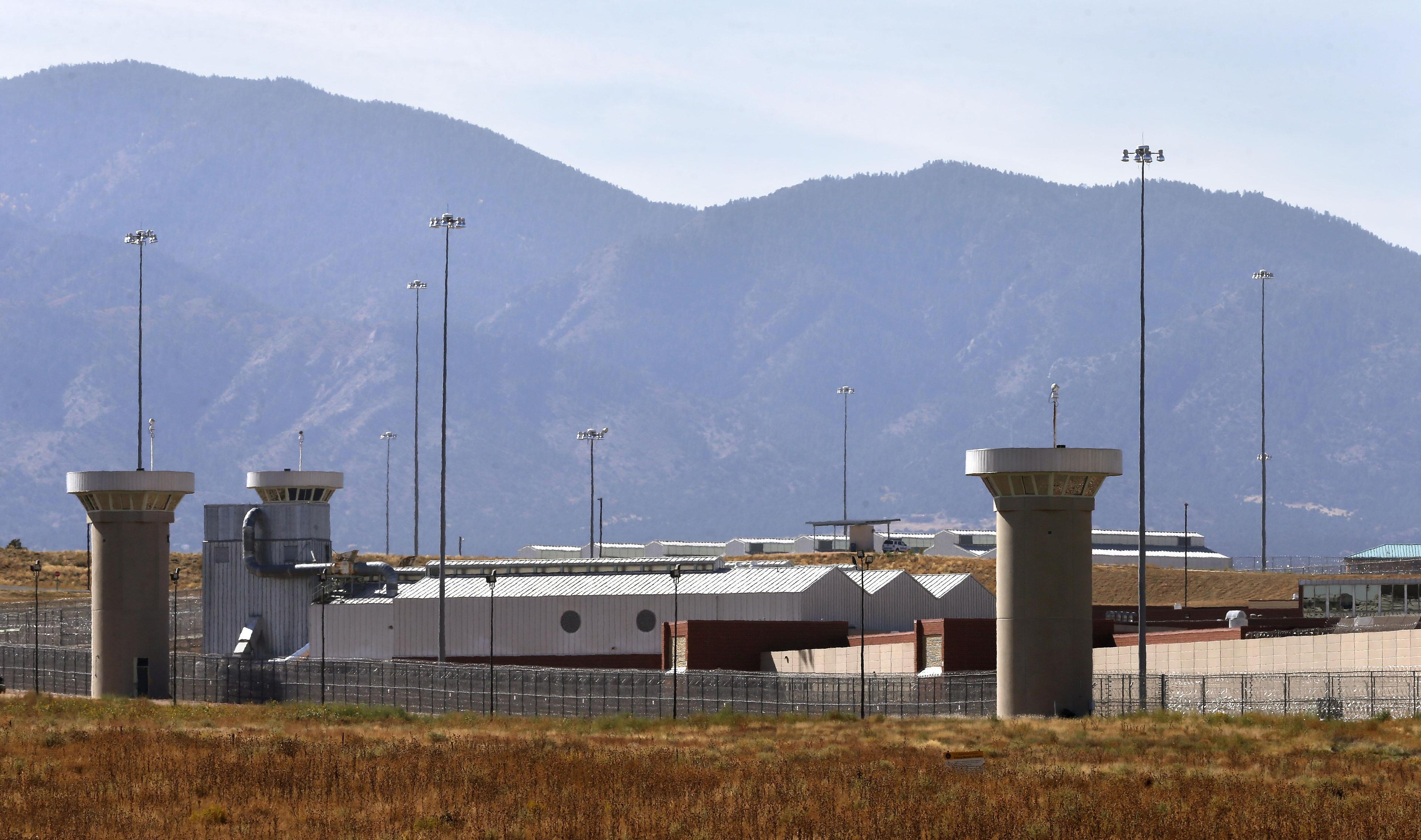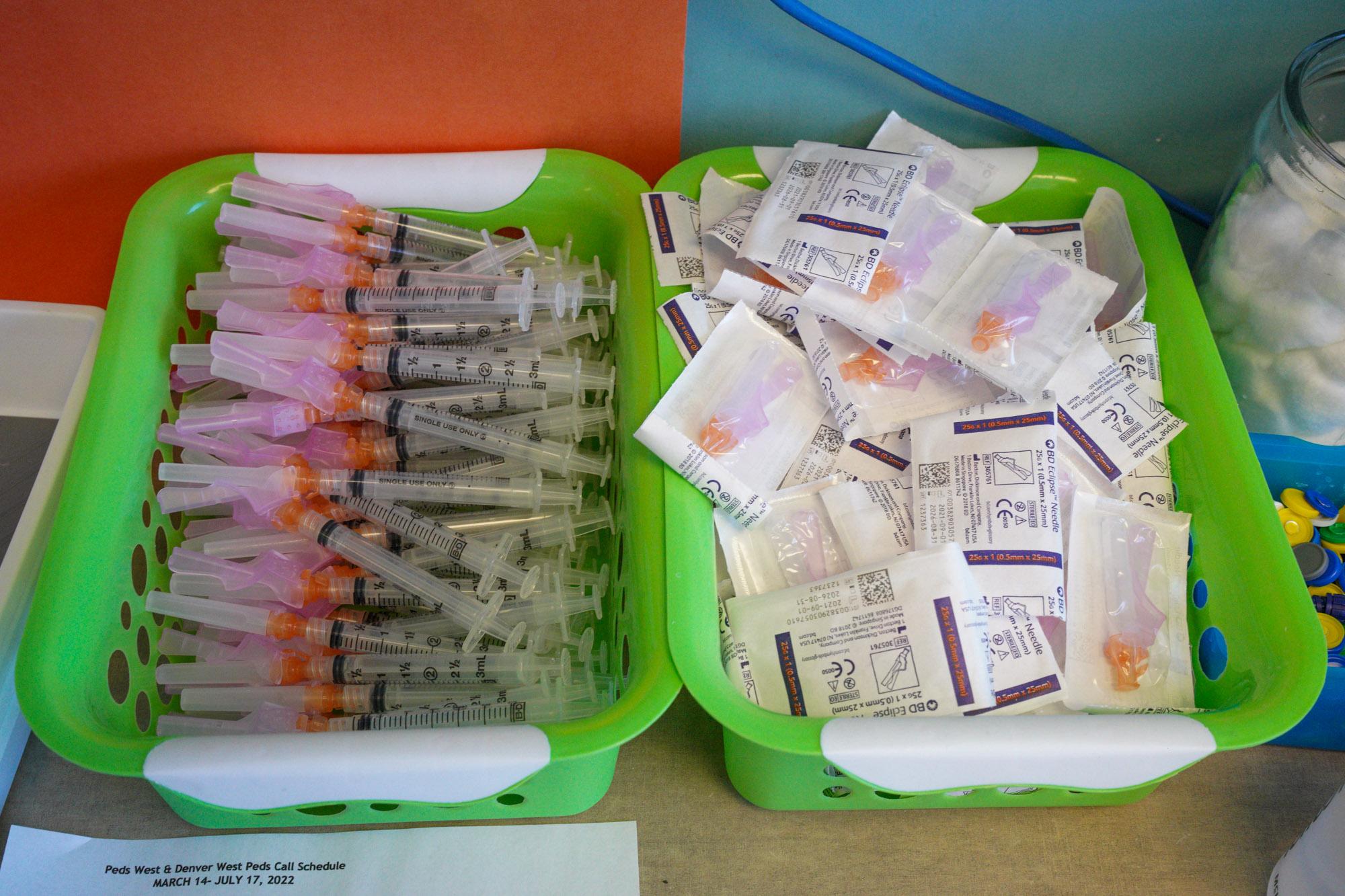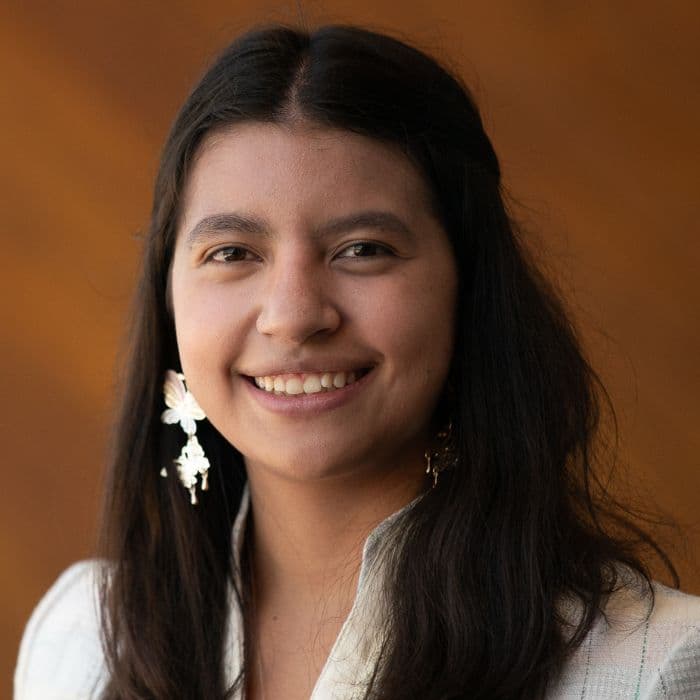Green Valley Elementary students stretch on the first day of school. The school posted the highest gains in the Denver Public School district.
The scores on the tests public school teachers and students sweat over every spring came out yesterday. Schools didn’t lose ground for the most part, but they didn’t gain much either. And while minorities made small gains, they are still far behind white students, a gap officials have been struggling for years to close.
Here’s the transcript of Colorado Public Radio’s education reporter Jenny Brundin’s report.
Reporter Jenny Brundin: There were clearly some bright spots in all the graphs, charts and tables documenting how Colorado's students are performing. The state tests measure how students are doing in reading, writing, math and science. But this year, Assistant State Education Commissioner Jo O’Brien hoped for more on the TCAPs, the tests replacing the CSAPs.
Jo O’Brien: Overall Colorado has not lost ground, but gains are minimal. Learning gaps are still persistent and unacceptable. We did not see significant acceleration of achievement from last year.
Reporter: Here comes some numbers. Let’s start with reading. Those scores were a little better. Now nearly 70 percent of Colorado’s students are reading at or above grade level. Math stayed the same. Science went up a little and writing went down a bit. But the fact is in all those areas only about half of students are meeting expectations.
O’Brien: The gap had been 33 percent --now the gap between the two populations, 29.2 (fade down).
Reporter: But as O’Brien ran through a set of detailed slides before state school board members – it was clear education leaders seemed most troubled – and frankly – perplexed by the achievement gap between whites and minorities. Slightly more minorities are able to do the work at grade level or above compared to last year. But in all subjects, they are still lagging way behind white students. Officials called the gaps “unacceptable.” Board member Elaine Gantz Berman says districts have to address this and do it soon.
Elaine Gantz Berman: At the rate we’re going, I will be dead and most of us at this table will be dead – it sounds funny but it’s not. We are losing generations of kids. And we can’t afford to lose another decade of kids with this kind of incremental change that we’re seeing.
Commissioners said they may have to require more radical steps to ensure there’s progress for all students. Associate Commissioner, Keith Owen:
Keith Owen: We need to understand better what’s happening across the state because I think there still should be movement in a positive way towards closing some of these gaps. Even if you’re not completely closing them. The level that we’re moving at is too slow and we should be seeing some progress in some of these areas.
Reporter: Well when it comes to progress, there’s more discouraging news. The result this year show that when kids fall behind, most of them won’t catch up even in three years time. The I-News Network calculates that means, for instance, more than 137,000 students who are behind in math aren’t on pace to catch up in three years. In writing, it’s more than 100,000. But -- there IS progress in some areas.
Tom Boasberg: I’m here to say how excited I am to kick off this new year out here in Green Valley, and here in the far north east, folks are working hard. (fade under)
Reporter: Denver school superintendent Tom Boasberg greeted students wearing tan, white and blue uniforms. They were standing in a huge circle next to their school. It was their first day – three weeks before other Denver schools start. That’s part of the aggressive reform plan adopted last year – amid much controversy. Like several other schools nearby, Green Valley Elementary got a new principal, mostly new teachers, and math tutors. This year – it ranked in the top 10 of all schools statewide in math growth.
Boasberg: But we knew the status quo wasn’t working for kids, we knew we had to change it. And to these schools that had been for years – in some cases for decades some of the lowest performing schools some of the lowest growing schools – now to become some of the schools with the highest rate of academic growth - it’s wonderful.
Reporter: Denver led the state’s ten largest districts in academic growth in reading and writing. There were dramatic gains in other school districts too-- Harrison, Sheridan, Mapleton, Westminster, and Colorado Springs, among them. And they have some things in common. They keep very close tabs on their students’ progress, and teachers are equipped to make the most of that information. The question now is how to ensure that kind of progress spreads to other schools, as quickly as possible.
[Photo: CPR]









